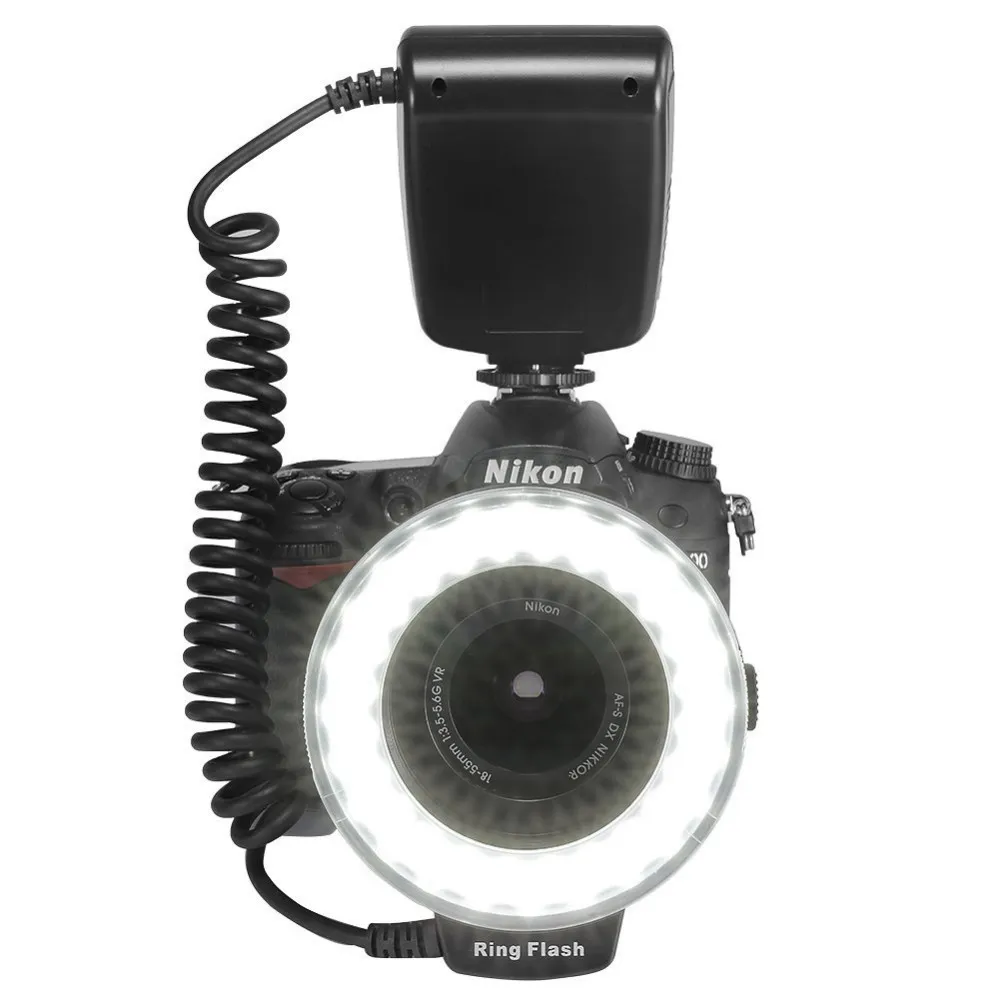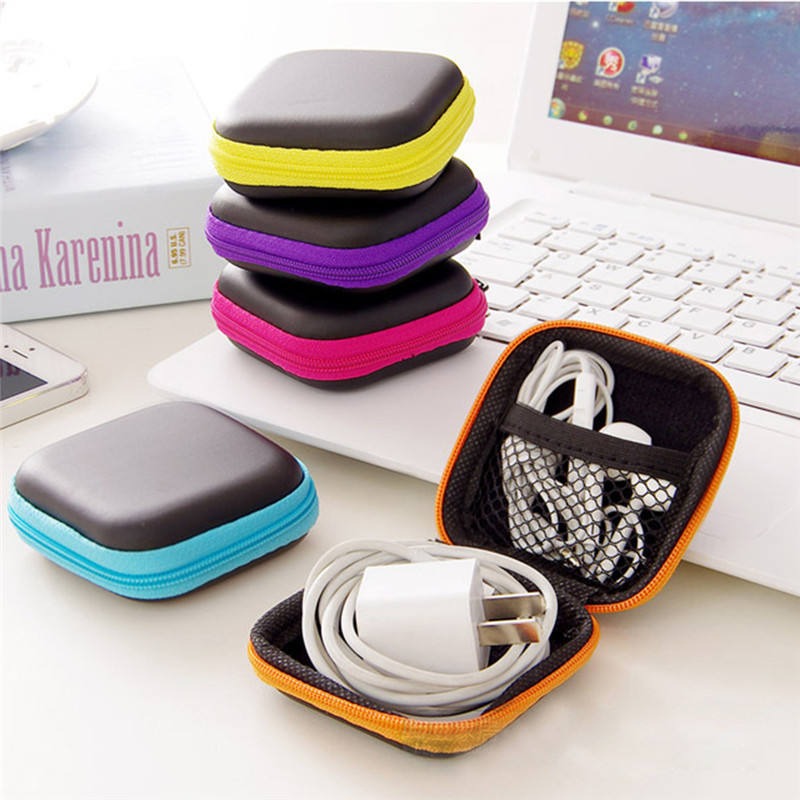
Advantages of Multiple Flashes
Using multiple detachable tv camera flashes in your studio lighting setup offers several advantages:
a. enhanced Power: Multiple flashes provide more light output, allowing you to effectively illumine larger areas or subjects.
b. Greater Control: With multiple flashes, you put up verify the intensity, direction, and quality of light. This gives you the ability to create various lighting setups, experiment with different effects, and achieve the desired mood and atmosphere in your images.
c. simplification of Shadows: By position the flashes strategically, you can reduce or eliminate unwanted shadows, resultant in a more evenly literature subject.
d. Creative light Effects: Multiple flashes open upwards endless creative possibilities. You put up utilize different flash units for key, fill, and accent lighting, or experiment with techniques such as backlighting or rim lighting to add together undefined and visual interest to your images.
Key, Fill, and accentuate Lighting
One pop lighting frame-up victimization multiple flashes involves the use of key, fill, and accent lights:
a. Key Light: The key light is the primary get off source that illuminates the subject. It provides the main undefined and defines the shape and form of the subject. set the key dismount at an weight and experiment with different intensities and modifiers to create the wanted effect.
b. Fill Light: The fill light is typically placed opposite the key dismount to fill in the shadows created by the discover light. It helps to reduce contrast and soften the boilersuit lighting. Adjust the intensity of the fill dismount to achieve a balanced undefined spell maintaining the desired dismantle of shadow detail.
c. Accent Lights: Accent lights are secondhand to highlight specific areas or features of the subject. They add depth, separation, and visual matter to to the image. Accent lights can be placed behind or to the sides of the subject, and their intensity can be adjusted to achieve the desired effect.
Lighting Ratios
Achieving the right balance between the key, fill, and accent lights is crucial for creating well-lit and visually sympathetic images. Lighting ratios touch to the relative intensity of one light source compared to another. Common light ratios include:
a. 1:1 Ratio: This ratio indicates that the key light and the fill light have the same intensity. It results in even lighting with negligible shadows.
b. 2:1 Ratio: In this ratio, the key light is twice as intense as the take light. It creates a slightly more striking search with some defined shadows.
c. 3:1 Ratio: With a 3:1 ratio, the key light is threesome times as intense as the fill light. This ratio produces a more marked contrast, emphasizing the form and form of the subject.
d. 4:1 or Higher Ratio: Higher ratios advance step-up the contrast, ensuant in a more striking and Dwight Lyman Moody look. This ratio is often old for more artistic or creative light setups.
Experiment with different lighting ratios to accomplish the craved mood and set up in your images. Lighting Modifiers and Accessories
To further enhance your lighting setup, consider victimization varied modifiers and accessories with your detachable camera flashes:
a. Softboxes: Softboxes are versatile light modifiers that create soft, diffused lighting. They serve to tighten harsh shadows and create more even, flattering light. Use larger softboxes for broader, softer lighting, and smaller ones for more restricted and focused light.
b. Umbrellas: Umbrellas are some other pop light modifier. They come in two main types: shoot-through and reflective. Shoot-through umbrellas produce soft, wraparound lighting, while reflecting umbrellas bounce the unhorse back onto the subject, creating a broader unfold of light.
c. Grids: Grids are accessories that attach to to the front of the flash unit to control the spread of light. They narrow down the shine of light, allowing for more precise control and preventing light spillage.
d. Gels: Gels are colored person filters that can be placed in front of the flash to spay the color of the light. They can be used for creative effects or to correct color temperature discrepancies.
e. get off Stands and Mounting Systems: Ensure you have sturdy light stands and mounting systems to securely position and set your flashes. This will yield you more flexibility in positioning the lights and allow for precise control over the way and angle of the light.
Wireless Flash Triggering
To effectively employ multiple clastic camera flashes, wireless flash triggering is essential. With tune swank triggers, you can control and open fire your flashes remotely, eliminating the require for physical connections between the camera and the flashes.









